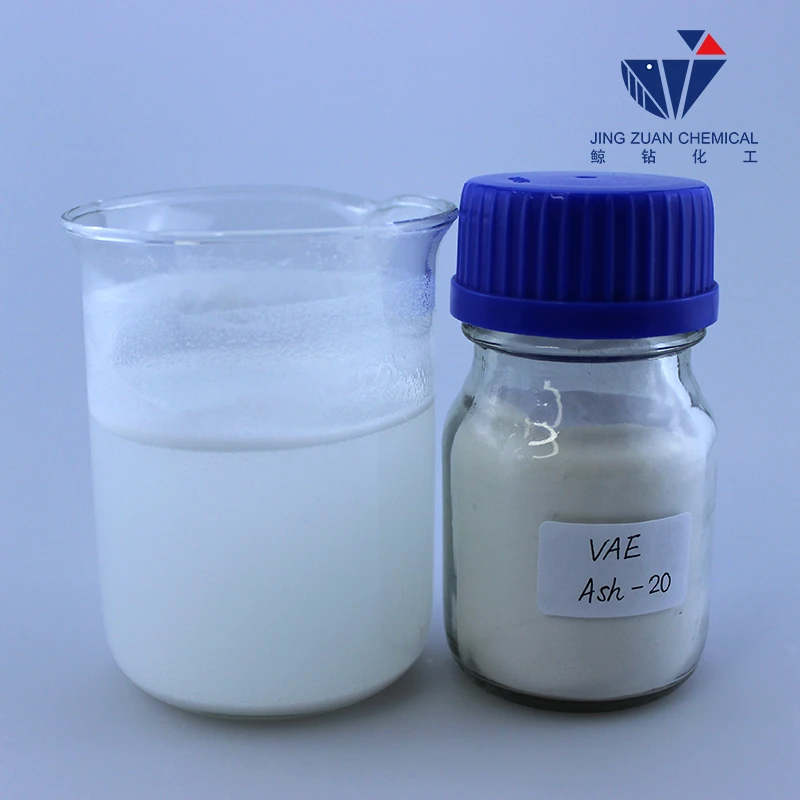
ธ.ค. . 28, 2024 21:36 Back to list
Hydroxyethylcellulose Available for Purchase at Competitive Prices Online
Understanding Hydroxyethylcellulose A Versatile Polymer for Sale
Hydroxyethylcellulose (HEC) is a non-ionic, water-soluble polymer derived from cellulose, a natural polymer found in plant cell walls. As a versatile thickening and gelling agent, HEC has gained widespread applications across various industries, making it a valuable product available for sale. This article aims to explore the properties, applications, and benefits of hydroxyethylcellulose, highlighting why it is a sought-after ingredient in numerous formulations.
Properties of Hydroxyethylcellulose
HEC boasts several unique physical and chemical properties that contribute to its functionality. It is odorless, tasteless, and non-toxic, which makes it suitable for a range of applications, including food products and cosmetics. Its solubility in cold and hot water allows for easy incorporation into various formulations. Depending on the degree of substitution, HEC can adjust viscosity levels, providing formulators with the flexibility to achieve desired textures and consistencies.
One of the standout features of HEC is its ability to thicken and stabilize solutions without altering their pH levels significantly. This property is essential in industries where maintaining a specific pH is critical, such as in personal care and cosmetic products. Additionally, HEC has a high tolerance for electrolytes, which allows it to be used in the presence of salts without losing its thickening capabilities.
Applications of Hydroxyethylcellulose
Given its versatile nature, hydroxyethylcellulose finds applications across a wide range of industries
1. Personal Care and Cosmetics HEC is commonly used in shampoos, conditioners, lotions, creams, and gels. It acts as a thickening agent, helping to improve texture and stability while enhancing the overall sensory experience of the product.
2. Pharmaceuticals In the pharmaceutical field, HEC is utilized as a binder in tablet formulations and as a viscosity modifier in liquid dosages. Its biocompatibility and non-toxic nature make it an ideal choice for formulations intended for human consumption.
hydroxyethylcellulose for sale

3. Food Industry HEC is employed as a food additive, where it serves as a thickener and stabilizer in sauces, dressings, and desserts. Its ability to improve texture and mouthfeel makes it popular among food manufacturers looking to create high-quality products.
4. Construction In construction materials, HEC is used as an additive in mortars, plasters, and tile adhesives, improving water retention and workability. Its effectiveness in enhancing the application and durability of materials makes it a valuable component in the building industry.
5. Agriculture HEC is finding new applications in agriculture, particularly in the formulation of herbicides and pesticides, where it acts as a suspending agent, ensuring even distribution of active ingredients.
Benefits of Hydroxyethylcellulose
The popularity of hydroxyethylcellulose can be attributed to its numerous benefits. Firstly, its versatility allows manufacturers to use it in diverse formulations without compromising product quality. Secondly, it is a sustainable choice as it is derived from renewable resources, making it attractive for environmentally-conscious consumers and businesses.
Moreover, hydroxyethylcellulose is an ideal candidate for gluten-free and vegan products, appealing to the growing market segment that prioritizes such attributes. It enhances the texture and stability of products without introducing allergens or animal-derived components.
Conclusion
In summary, hydroxyethylcellulose is a remarkable polymer with a wide array of applications across multiple industries. Its unique properties, coupled with benefits like sustainability and versatility, position it as a highly sought-after ingredient available for sale. Whether in cosmetics, pharmaceuticals, food products, construction, or agriculture, HEC continues to be an essential component in the formulation of high-quality products. As businesses increasingly recognize its value, the demand for hydroxyethylcellulose is expected to grow, further cementing its status as a leading ingredient in various sectors.
-
Unlocking the Benefits of HPMC Products: A Gateway to Versatile Applications
NewsAug.07,2025
-
Unleashing the Potential of HPMC Ashland: A Comprehensive Look
NewsAug.07,2025
-
Tile Bonding Cellulose: The Key to Superior Adhesion and Durability
NewsAug.07,2025
-
Hydroxypropyl Methylcellulose Powder: The Versatile Component in Modern Pharmaceuticals
NewsAug.07,2025
-
Hydroxyethyl Cellulose: The Versatile Solution for Various Industries
NewsAug.07,2025
-
Hydroxyethyl Cellulose (HEC): The Versatile Polymer for Various Applications
NewsAug.07,2025







